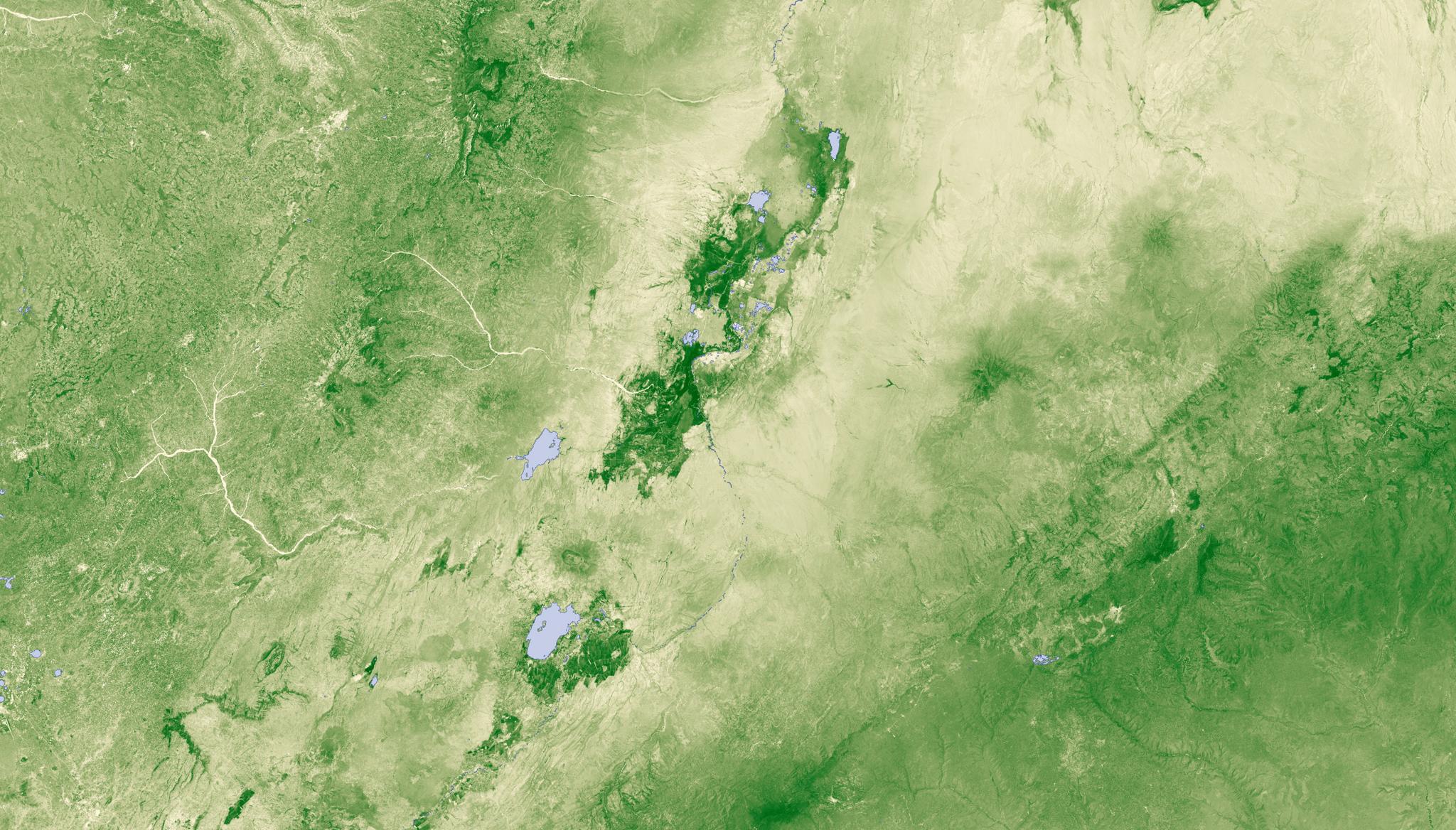PlanetScope Basemaps Used to Differentiate the Impacts of Swarms of Locusts on Cropland from Drought Damage in Ethiopia
Image above: PlanetScope monthly mosaic of Ethiopia with NDVI analysis taken October 2020. © 2020, Planet Labs PBC. All Rights Reserved. For over thousands of years, swarms of locusts have periodically plagued agricultural lands, causing famine and economic turmoil across Africa and Western Asia. Individually, the desert locust is benign, but given the right chain of events, these insects will be able to expand the area in which they can lay their eggs, leading to a devastating population boom. Since 2019, North and East Africa have been experiencing such an outbreak likely due to the interplay between a heavy rainy season followed by a drought which disturbed vegetation regions. After these disturbances, a severe cyclone caused increased flooding in the region. Such wet conditions created an environment that led to Ethiopia’s worst locust outbreak in 25 years, and severely impacted food security in the region. However, it has been challenging for analysts to know how much of the agricultural damage in the country is due to the locust outbreak as compared to drought, which also impacts the region frequently. Because of this, researchers from the Biospheric Sciences Lab at NASA and the Universities Space Research Association have used PlanetScope Basemaps, alongside Sentinel-1 and Sentinel-2, to remotely evaluate the differences between drought- and locust-caused vegetation damage. Using information from the NICFI Satellite Data Program, the scientists accessed PlanetScope Basemaps, evaluated the datasets through an NDVI analysis during both yearly growing seasons, and compared the data with meteorological records. By aligning multiple satellite datasets, the team determined that their study sites were indeed impacted by locusts rather than drought. Their study demonstrated how remote sensing technology could help differentiate these causes and proposed ways to further this research in the future. The full study can be found in Remote Sensing.

Ready to Get Started
Connect with a member of our Sales team. We'll help you find the right products and pricing for your needs.


